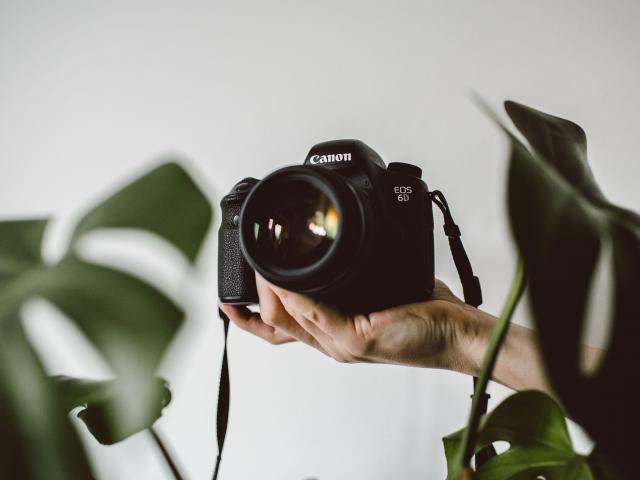In the world of photography, light is the single most important element that can make or break a shot. Whether you’re a professional photographer or just someone who loves to snap photos with their smartphone, understanding the impact of light is crucial to creating stunning images. Two magical moments during the day when light transforms the ordinary into the extraordinary are the Golden Hour and the Blue Hour. In this article, we’ll explore the significance of these two periods and how they can elevate your photography to new heights.
What Is the Golden Hour?
The Golden Hour, often referred to as the “magic hour,” occurs shortly after sunrise and just before sunset. During this time, the sun is low in the sky, casting a warm, golden glow over everything it touches. The light during the Golden Hour is soft, diffused, and free from harsh shadows, making it perfect for capturing portraits, landscapes, and architecture. The warm hues create a sense of warmth and magic in your photographs, enhancing their overall appeal.
Tips for Shooting During the Golden Hour
- Plan Ahead: To make the most of the Golden Hour, plan your shoot well in advance. Use apps and websites that provide accurate sunrise and sunset times for your location.
- Use a Tripod: As the light during the Golden Hour is softer and dimmer, it’s essential to use a tripod to prevent camera shake and capture sharp, well-exposed images.
- Experiment with Silhouettes: The angle and quality of light during this time can create striking silhouettes. Experiment with backlighting to create dramatic effects.
- Embrace Warm Tones: Since the Golden Hour bathes everything in warm, golden light, make sure to adjust your camera’s white balance settings to enhance these tones.
What Is the Blue Hour?
The Blue Hour is the period immediately before sunrise and after sunset when the sky takes on a deep blue hue. It’s a short-lived but enchanting time for photography. The light during the Blue Hour is soft and diffused, much like the Golden Hour, but it has a distinct, cool tone that imparts a unique, dreamy quality to your images.
Tips for Shooting During the Blue Hour
- Arrive Early: The Blue Hour is fleeting, so it’s essential to arrive at your location well in advance to set up your gear and compose your shots.
- Use a Low ISO: To minimize noise and capture clear, noise-free images, set your camera’s ISO to a low value. A tripod is almost always necessary during the Blue Hour.
- Experiment with Long Exposures: The low light conditions of the Blue Hour make it perfect for long exposure photography. This technique can yield breathtaking results, especially when water or city lights are involved.
- Capture Cityscapes: Urban landscapes, with their artificial lighting, look particularly stunning during the Blue Hour. Use the contrast between the cool, blue light and the warm artificial lights to your advantage.

The Art of Transitions
The transition between the Golden Hour and the Blue Hour offers a unique opportunity for photographers. This is a time when you can capture the changing colors of the sky and the environment, creating a series of images that tell a captivating story. It’s the ideal time to showcase your skills in capturing the ever-shifting moods of nature.
Conclusion
Understanding the impact of light in photography, particularly during the Golden Hour and Blue Hour, is essential for photographers of all levels. These two magical moments offer the perfect conditions for capturing awe-inspiring images. Whether you’re a landscape enthusiast, a portrait photographer, or just someone who appreciates the beauty of a well-composed photograph, harnessing the power of these hours will take your photography to new heights.
So, the next time you find yourself with a camera in hand during the Golden or Blue Hour, remember to cherish the exquisite light that nature offers and seize the opportunity to create extraordinary photographs. To find more tips and ideas about photography, click to see their blog for further info.





